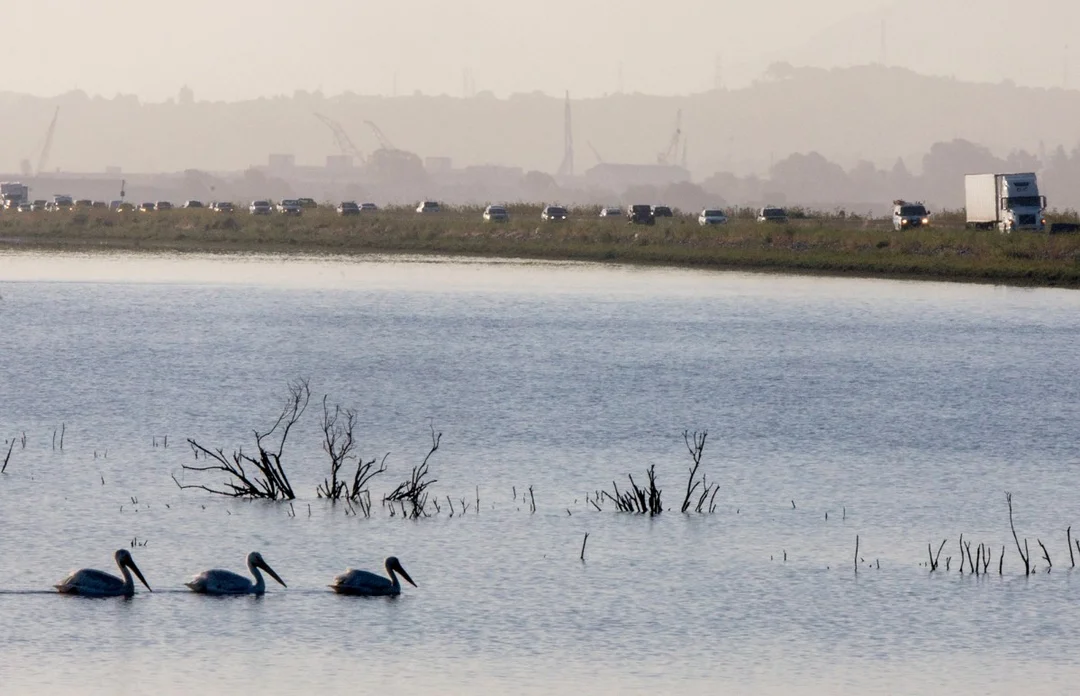
California’s Highway 37 Bill: A Controversial Shortcut or a Threat to Endangered Species?
In a significant move, California lawmakers are considering Assembly Bill 697, proposed by Assemblymember Lori Wilson, which would expedite the widening of the heavily congested Highway 37. However, this decision has sparked intense debates between environmentalists, local communities, and lawmakers, highlighting the ongoing conflict between infrastructure development and wildlife conservation.
The proposed bill aims to alleviate the decade-long traffic woes experienced by approximately 30,000 to 40,000 daily commuters traveling through the Napa-Sonoma Valley corridor. With the highway currently suffering from severe bottlenecks where four lanes narrow to one, locals have long endured frustrating delays often exceeding an hour during peak times. The irony is not lost on rookie assemblymember Chris Rogers, who recalls the discussions regarding this project since his time on the Santa Rosa City Council. "When you’re talking about a project that was started or at least conceived before you were born ... and somebody’s calling it ‘fast-tracking,’ it just doesn’t track," he remarked during a recent committee hearing.

While the bill promises immediate relief for commuters by potentially increasing the highway capacity, it raises alarming concerns about the impact on local wildlife. Specifically, the bill could allow state highway officials to bypass protections under the California Endangered Species Act, endangering the population of three protected bird species and the endangered salt marsh harvest mouse. Environmental groups, including the California League of Conservation Voters, have opposed the measure, emphasizing that the irreversible harm to these species cannot be justified for short-term construction relief.
Supporters of the bill, including local transportation officials and labor unions, argue that the current transport network is inadequate and that expedient action is necessary. They contend that without these changes, the growing congestion could deter tourism and strain community growth further, as highlighted by Wilson, who expressed concern for workers barely scraping by with low wages compounded by long commutes.
However, critics pose a compelling counterargument. Some, such as lobbyist Jeanie Ward-Waller, assert that investing in expanding lanes for a roadway at risk of being underwater due to rising seas in just a decade is unwise. She argues for prioritizing long-term, sustainable solutions over temporary fixes that could earmark substantial funds without guaranteeing lasting benefits.
As the bill advances, the discussion surrounding it underscores a broader dialogue about balancing human needs with environmental preservation. It brings to the forefront the question: Can infrastructure policies be designed to respect and protect our wildlife as well as accommodate our growing population?
What are your thoughts on this contentious issue? Should California prioritize commuter convenience over conservation efforts? We welcome your comments and insights.